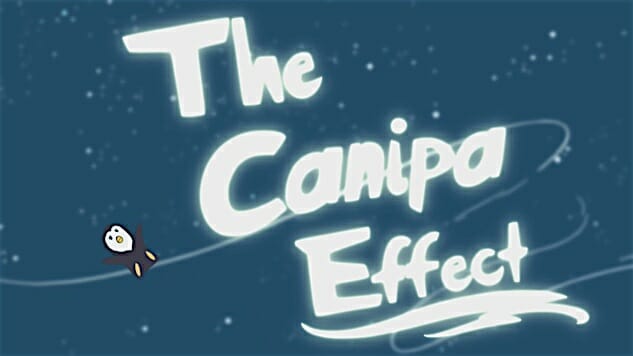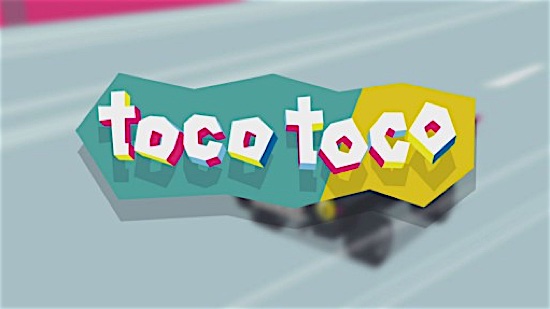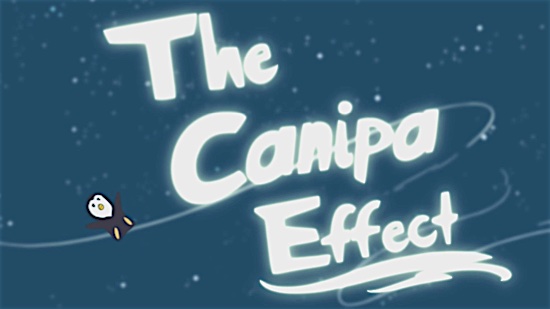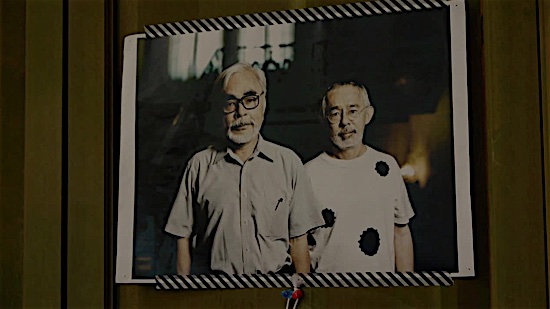
While the whole of Japanese animation has produced countless quality films and television series, themselves giving rise to a number of noteworthy directors, animators, voice actors, and scriptwriters, the great majority of anime “documentaries” consist primarily of short-form featurettes made available as extras in special edition home video releases. Because of this, when approaching the task of recommending a list of quality anime documentaries, let alone curating one, can be something of a tricky task and demands a certain extent of creativity. As a result, we’ve compiled a list of five anime documentaries, featuring both feature-length and long-form web series, through which to allow curious newcomers and savvy enthusiasts alike new and exciting perspectives in and around the cultural phenomenon that is anime. Without further ado, here’s Paste’s list of five anime documentaries that you should check out today!
1. How the Magic Was Created – Little Witch Academia Work Log (2013)
Director: Machiko Kawakatsu

Last September, we listed Studio Trigger’s Little Witch Academia and its sequel, Little Witch Academia: The Enchanted Parade, as the top films to watch in our Netflix anime movie round-up. How the Magic Was Created follows the film’s grueling six-month production process behind the first film, depicted through the stories of a team of eight novice animators lead by veteran director Yoh Yoshinari. From rough concepts to pre-production, post-production and final pass editing, the documentary offers a candid glimpse into the tumultuous yet edifying journey behind Little Witch Academia’s meteoric success and providing viewers with only a cursory knowledge of anime production a newfound appreciation for the challenges and pressures that go into making their favorite animations.
2. Toco Toco TV (2011 – Present)
Director: Anne Ferrero

Director Anne Ferrero’s mini-documentary show Toco Toco TV follows a rotating cast of iconic Japanese creators through a day in their life. Named after the sound of footsteps translated in Japanese, the series is purposely unscripted, dissolving the mystique that surrounds some of Japan’s most eminent creatives as they share the places and experiences from which they derive inspiration not only through their professions, but as ordinary people. Founded in 2011 as a segment program for Nolife, Toco Toco TV has since grown into its own web series with new episodes airing on YouTube the first and fifteenth of every month. The entire show is a treat, though if you’re looking specifically for those that are anime-centric, we recommend you watch the episodes centered on character designer Manabu Ohashi, art director Shichiro Kobayashi and producer Shoji Murahama. Also the one focused game designer Yoko Taro, though mostly because it’s hilarious.
3. Seoul Sessions (2012)
Director: LeSean Thomas

So much regarding the production behind our favorite animated programs in the States is obfuscated. For instance: the fact that roughly 85% of animated television shows designed in the states are actually animated in South Korea. How does an aspiring animator gain confidence in their role as director when more than three-fourths of the actual animation takes place in a faraway country? For LeSean Thomas, animator for such shows as The Boondocks and The Legend of Korra, the answer was simple: move to South Korea and learn as much as possible. Seoul Sessions follows Thomas’ four-year odyssey as a South Bronx native turned South Korean transplant as he worked through the process of honing his craft to finally producing his own independent animation. The series is a riveting depiction of one animator’s inspiring story, crossing national and cultural boundaries on a journey born out of a love for the craft of animation. From struggles of acclimating to a new language to comparing the virtues of layout drawings versus storyboards, Thomas is earnest, encouraging, and above all undaunted by the hurdles and challenges stacked between him and his dreams while inspiring others to do the same in their own journeys.
In addition to hosting the full five-episode documentary, Thomas’ YouTube channel doubles as a repository of behind-the-scenes featurettes for a number of major anime films scattered across the site. Swing by and check some out—they’re well worth a watch!
4. The Canipa Effect (2014 – Present)
Director: Callum May

The Canipa Effect has grown to become one of most interesting YouTube channels devoted to anime commentary and criticism since it first began in 2014. Produced by video editor Callum May, The Canipa Effect is devoted to spotlighting the animators and studios behind some of contemporary anime’s most critically acclaimed series and movies. From deep-dive career summaries of animators such as Yutaka Nakamura and Takeshi Koike, studios including Madhouse, Trigger and Polygon Pictures, to interview features with the likes of P.A. Works producer Kenji Horikawa, the combined level of research and passion poured into every video of The Canipa Effect is equal parts enlightening, erudite and insightful. The channel and series boasts a thorough examination behind all facets of the anime industry, inspiring both appreciation for the whole of what the medium has to offer devoid of the abrasive elitism that toxifies so many otherwise conversations about anime on the internet. Pull up one of the series’ Artist or Studio spotlights and prepare to learn something new and exciting. You won’t regret it.
5. The Kingdom of Dreams and Madness (2013)
Director: Mami Sunada

Mami Sunada’s 2013 documentary offers an unprecedented look behind the scenes of not only Studio Ghibli, one of the most iconic anime studios of the late 20th century, but of the studio’s most famous founder, Academy Award-winning director Hayao Miyazaki. The Kingdom of Dreams and Madness follows Miyazaki’s life through the production of what was at the time considered to be his final film, The Wind Rises. The documentary is much like watching a Miyazaki film; a window into the human heart whose dimensions are equal parts revelatory and melancholic, a tempest of emotions both fatalistic and life-affirming. Sunada perfectly captures the studio’s charmingly anachronistic quality, a quiet pocket of creativity nestled adjourning the metropolitan hustle and bustle of Tokyo. The film offers equal insight into the lives and routines of Isao Takahata and Toshio Suzuki, Studio Ghibli’s other two founders as the latter completes work on his own final film, The Tale of the Princess Kaguya, opposite that of his former protégé’s. The Kingdom of Dreams and Madness is a film appreciable not only to admirers of Miyazaki’s work or anime enthusiasts, but to anyone who has ever taken part in the creative act. And when you’re finished, why not check out Akira Miki and Hidekazu Sato’s full-length documentary Isao Takahata and His Tale of The Princess Kaguya for an even deeper glimpse into Studio’s Ghibli’s other lesser known though no less influential patriarch.
Toussaint Egan is a culturally omnivorous writer who has written for several publications such as Kill Screen, Playboy, Mental Floss and Paste. Give him a shout on Twitter.